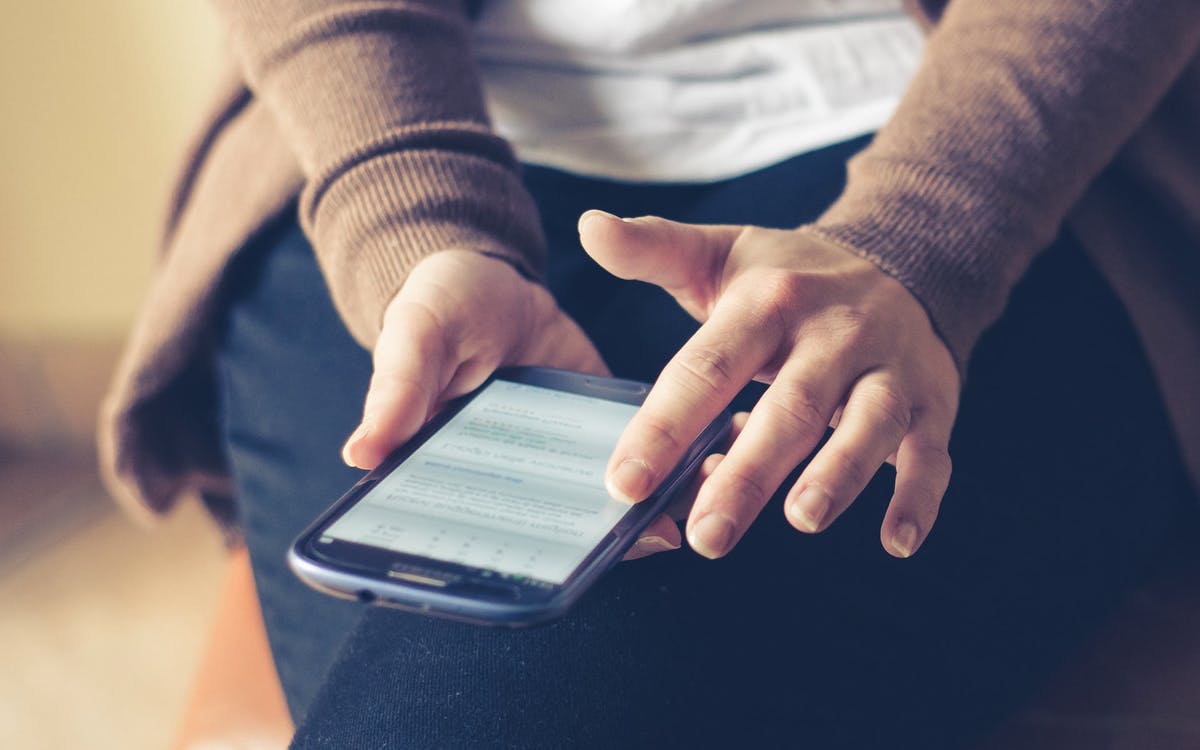In today’s world of digital connectivity, everything is on display. People use their smartphones as personal assistants because they’re very convenient. However, digital security has been a huge issue in the past couple of years due to many exploits and hacking attempts. Hackers are always thinking of new, creative ways to get a hold of someone’s private information.
Such information has a huge value because it can be used for identity theft. That’s precisely why you should start thinking about improving your phone’s security. Don’t worry, though – it’s not as complicated as it sounds. By following our five tips, your phone will be safe and sound at all times.
1. Enable Multi-Factor Authentication
Multi-factor authentication is an additional security step that requires another form of verification before the user can access their account. Once the user enters their basic login details (username + password), they will be prompted to complete another verification step. Multi-factor authentication comes in many different forms, namely:
-
Biometric information
-
Face ID
-
Security questions
-
SMS verification
-
Email verification
This makes things nearly impossible for hackers because they would need physical access to your phone and accounts to do anything. Enabling multi-factor authentication only takes a couple of minutes, but it can save you a lot of unnecessary stress in the long run. So, don’t be lazy when it comes to cybersecurity. Otherwise, you’re risking identity theft, money theft, and a lot more.
2. Install a VPN
While VPNs have been around for a while now, their popularity has incredibly increased in the past couple of years. This tool has become an essential part of every expert’s cybersecurity kit. What is a VPN, though? VPN (Virtual Private Network) acts as an additional layer of security between the user and the internet. It encrypts all internet traffic so the user can remain anonymous when surfing the web. Click here to know more: https://nordvpn.com/what-is-a-vpn/
This tool is especially useful when connecting your mobile device to public or open Wi-Fi. These types of networks are extremely vulnerable and prone to cyberattacks. That is why you should enable a VPN on your mobile device before establishing a connection. As a general rule, we recommend paid VPNs over free because they offer more security-related benefits and faster connection speeds.
3. Use Caller Protection Apps
Caller protection apps are a handy addition to your security toolkit because they will protect you from scammers and other unwanted calls. Many surveys have shown a massive increase in robocalls during the pandemic. Scammers have realized that they can exploit the current pandemic to scam people and steal their personal information. They use advanced social engineering techniques, which is why it can be difficult to distinguish them from real callers.
The surveys we mentioned above have discovered that scammers claimed to provide:
-
Treatment in 22% of cases
-
Financial relief in 18% of cases
-
Free COVID-19 testing in 18% of cases
Some phones have a built-in caller ID feature, while others don’t. Here’s how you can check if your phone has this feature:
-
Open the Phone app on your device
-
Press the three dots in the top right corner
-
Open Settings
-
Look for the Called ID & Spam feature
-
If it’s there, enable it.
If your phone doesn’t have this option as a built-in feature, you can always download a third-party app from the app store.
4. Install Software Updates
Many people skip out on installing software updates because they are time-consuming and require you to restart your phone multiple times. However, this common mistake can cost you your security. Software updates are important because they ensure that your phone has the latest security patches. Developers keep a close eye on current malware, and they issue security updates that mitigate these threats.
You can install these updates either manually or automatically. We recommend enabling the automatic update option because that way, you won’t have to think about it – the updates will install on their own. Updating your smartphone only takes a couple of minutes to complete, but it will also save you a lot of headaches.
5. Use Strong Lock Screen Passwords
Lastly, we recommend using stronger and more complex passwords for your screen lock. Four-number PINs can be cracked easily with advanced hacking software. However, using strong passwords that contain a combination of uppercase and lowercase letters, symbols, and numbers take decades to crack.
Or, if you’re too lazy to type in a long and complex password every time you want to unlock your phone, then we recommend enabling biometric phone locks. You can use your fingerprints, voice, or facial scans to unlock your phone, making things impossible for malicious actors who are looking to steal your personal information.

